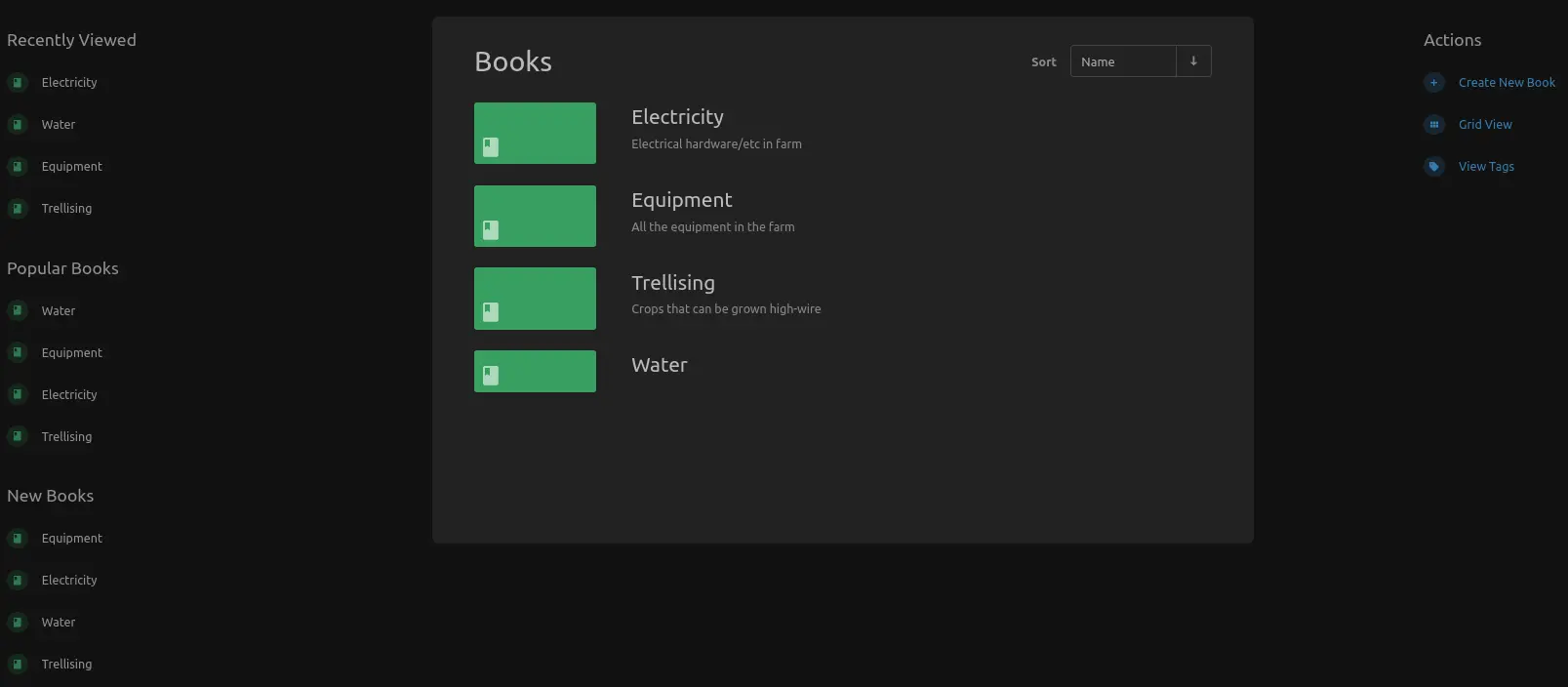I am new to 3D printing and I am not sure how to troubleshoot printing issues. In this post, I have a specific issue I cannot figure out and would love help diagnosing it. But I would also welcome beginner friendly resources to determine what the issue is and how to address it. I like gardening and with plants, you learn a method of identifying issues and working your way to ID the problem so you can narrow possible solutions. Example: I have a plant that looks unhealthy.
- What about the plant looks bad? a) yellow leaves
- is the leaf yellow or the veins in the leaf yellow a) leaf is yellow, the veins are green
- are the older leaves yellow, the younger leaves yellow, or ALL leaves yellow? a) younger leaves
- likely an iron deficiency.
So now I know the issue so I can then look at the various options that would address that issue, likely starting with the simplest option and trying more complicated ones as the simple answers don't solve it.
If there existed resources that could guide me like that for 3D printing I would be grateful!
Now, onto my current issue. I have a model I made that has some layering issues that make it easier to pull apart than it should. But the weird thing is it only happens to larger prints. I have tested this pretty easily because I have been making simple shapes will learning how to do parametric modeling. In the smaller shapes, the print is SOLID. But when I change 1 parameter to make it longer, the print is more brittle and the layers are not as clean as the shorter version. The top layer is also not as clean as the shorter version. The practice object I am making is basically 2 connected rectangles with one taller than the other. I printed several with 30mm length and they printed fine. When I change the length to 300mm, it prints poorly. That is what the picture I attached shows. I have tried printing several times on different parts of the plate, thinking maybe there is a part on the plate that is not flat, but the is not solved that way. The brittleness seems pretty clear to be a layering issue, but I am not sure what they layering becomes an issue when the object becomes longer...
EDIT: Looks like I should provide more info. PRINTER: Sovol SV08, a corexy printer. It is new because I was scared a used printer might have issues I couldn't diagnose since I don't know 3d printers. MATERIAL: PLA SOFTWARE: FreeCAD for designing, OrcaSlicer for printing. LOCATION: Open air in my room with a ceiling fan running all day (which apparently might be part of the problem here?)
Here are some more pictures, with better lighting.
- Layering

- Top Layer

- Decided to check if I could peel it. Yup, it was easy.



Here are some more pictures, with better lighting.
The printer is a Sovol SV08, which is a corexy printer with pla. I use Freecad to design the parts and OrcaSlicer 2.3.1 to slice it. It is in my room on a desk in the open air and I have a fan running in the room. Several people have mentioned it cooling too fast, so I am suspecting that fan being the issue...